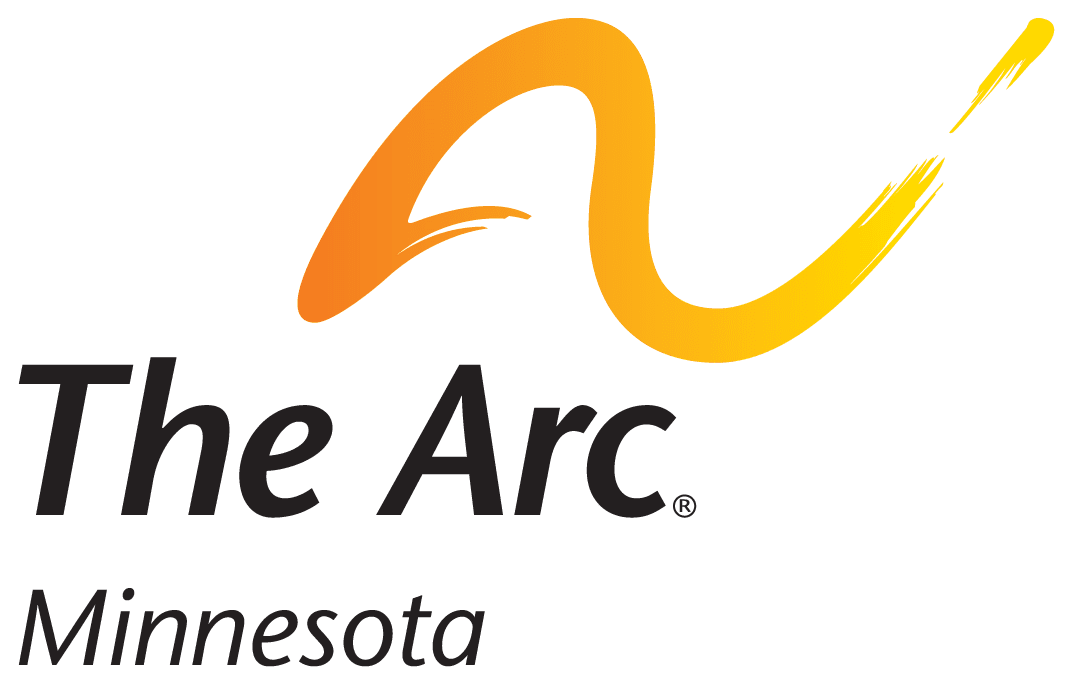During grade 9, and annually thereafter, the IEP (Individualized Education Program) must address the student’s needs for transition from school to adult life. A transition IEP is focused on improving the academic and functional achievement of the student with a disability to assist the student’s progress from school to post-school activities, including post-secondary education, vocational education, employment, adult education, adult services, independent living, and community participation.
This IEP does not replace special education and related services based on other identified needs including academic, communication, therapies, assistive technology, etc. An IEP for students with transition needs adds sections to the standard IEP.
In developing the IEP, districts must inform parents of the full range of transition areas and related services that should be considered including academic, daily living, social skills, etc. The plan must include a statement of the identified needed transition services.
Transition evaluation and planning:
- Involves the student. If the student does not attend the IEP meeting, his/her input must be obtained through another method
- May include a person-centered planning process such as a Transition Vision Plan (TVP) or Making Action Plans (MAPS). A person-centered plan is designed to discover and assure the desired life of the person who the plan is for. It describes what is important to and important for the person.
- Begins with an age-appropriate assessment of current needs, skills and interests. Some common assessments are the Brigance Life Skills Inventory, Enderle-Severson Transition Rating Scale, Ansell Casey Life Skills assessment, Pictorial Inventory of Careers and the Career Exploration Inventory. Transition evaluation results must be documented as part of an evaluation report
- Based on the individual student’s needs, taking into account the student’s strengths, preferences and interests
Includes writing goals and defining needed services to support future plans
In addition to the standard IEP, a transition IEP must include:
- Measurable post-secondary goals based upon the transition assessments written in the sections of the IEP under post-secondary education and training, employment and independent living (where appropriate, and may include recreation and leisure, community participation and home living) and the skills needed to assist the child in reaching those goals
- Courses of study so the student can move toward achieving his/her post-secondary goals. The IEP should list the courses to be taken each year in high school and progress toward meeting graduation requirements
- The anticipated month and year of graduation. The IEP team can decide that a student with a disability may continue in school until they meet their IEP goals (based on identified needs) and may receive instruction until July 1 after their 21st birthday in order to meet those goals. If a student graduates and accepts a diploma, they are no longer eligible for special education services from the district.
- Transition Services including:
- Instruction (i.e., specialized instruction, regular instruction, career and technical education)
- Related Services, such as speech/language services
- Community Participation
- The development of employment and other post-school adult living objectives
- If appropriate, acquisition of daily living skills and provision of a functional vocational evaluation
Additionally, activities provided as part of the service will be included as well as who will be providing the service, e.g. school personnel, parents, vocational rehabilitation counselor.
Activities may include community experiences, employment and volunteer opportunities, instruction in daily living skills and other related services such as counseling and transportation.
Vocational rehabilitation (VR) counselors are assigned to every Minnesota high school and transition program. The Arc recommends that transition age students connect with the VR counselor, apply for services and invite the VR counselor to IEP meetings.
When the student turns 18, they legally become an adult and can make decisions for themselves and sign or reject the IEP unless guardianship has been established.
The following Arc Guides provide additional information
- Arc Guide to Individualized Education Programs
- Arc Guide to Graduation for Students Receiving Special Education
- Arc Guide to Vocational Rehabilitation (VR) Services
- Transition Checklist
Click here to find more information on person-centered planning.
For further information or advocacy services, contact The Arc Minnesota at 952-920-0855 or toll-free at 833.450.1494 or visit www.arcminnesota.org. (Please note: This document is not legal advice, and should not be construed as such. Thus, no information herein should replace the sound advice of an attorney.)
All rights reserved (c) 2019 The Arc Minnesota
